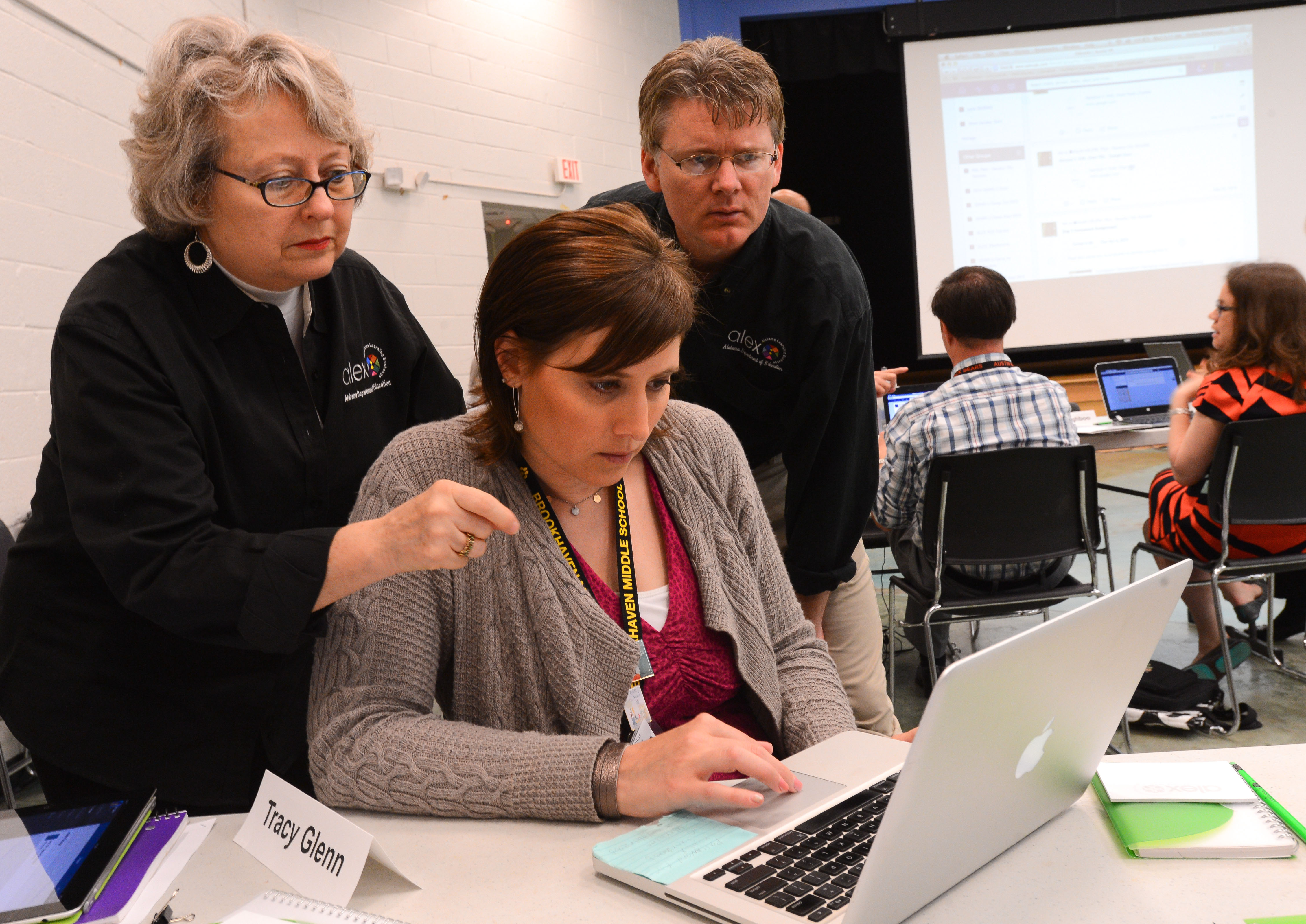As schools look to modernize teaching and personalize learning, technology is becoming an indispensable tool in the classroom. Though technology alone does not improve learning, it does offer a greater opportunity for students to improve skill proficiencies, test scores, spontaneous collaboration and productivity.
While it’s no longer a matter of if technology is right for the classroom, just which technology and how much, districts aren’t always sure about the best ways to get started on the digital journey.
Like any other important education initiative, going digital requires a hefty amount of planning and implementation. Districts that have been most successful in their digital transformations [Read: “12 districts honored for their innovative digital curriculum transition strategies.“] seem to share a commitment to a careful, multi-stage process involving the full range of stakeholders – administrators, teachers, students and parents.
Here are five lessons from these best practices:

1. Planning is crucial. School technology programs always begin with the broad idea to use laptop computers, tablets and other devices to maximize the learning experience. But what needs to come next?
As a first step, districts should articulate a precise vision that goes beyond adopting technology for technology’s sake. What specific educational goals do they hope to achieve and what kinds and amounts of hardware and software will be required to reach them? And not just in the near term but over the next 18-24 months?
The Eanes Independent School District near Austin, TX, addressed this essential first step called by the Consortium for School Networking Leadership for Mobile Learning (CoSN) as a “recipe for transformation” checklist. Administrators, teachers, students, parents and any other stakeholders all need to be involved in developing and understanding the vision, according to the Eanes model. And there needs a clear, shared understanding of what success looks like, including quantitative and qualitative metrics.

2. An inclusive approach works best. You could say it takes a village to develop and implement a technology-in-schools program. Change isn’t easy. It requires cooperation among administrators, teachers, students and parents.
The Eanes district is on the cutting edge here too. It established a Digital Learning Task Force that brought together teachers, parents, community members, students and administrators to guide the process. Its purpose includes researching the latest technology trends and current integration models of technology and learning, researching expectations and goals for professional development and standardization of digital learning platforms, and collecting feedback. The task force even distributes a monthly newsletter and prepared an online course on “digital parenting.”
(Next page: Digital transformation tips 3-5)

3. Implement well. The exhaustive planning process involving the full spectrum of stakeholders should help ensure smooth implementation. But there are still key points to remember when getting the new technology into the hands of teachers are students.
For example, it may be a mistake to pilot new devices and software only with the most enthusiastic, early-adopter-type teachers. Consider doing so across a range of teachers in order to get a more realistic and longer-lasting view of the initiative’s status and results.
At the same time, have reasonable and measured goals and expectations. It’s wrong to overwhelm certain teachers who have a low comfort level with change or technology. Understand differences and give them time to adapt.
And, remember, technology is not the end in and of itself – it should spur creativity. Take the Ridley School District in Pennsylvania. The district sends its students on reading and learning “quests” through a series of curated education apps that are automatically distributed to individual students’ iPads based on assessment data.

4. It’s an ongoing process. The job isn’t over after the planning is done and the new technology is in use.
The entire initiative needs to be thought of as sustainable. With administrators and school boards constantly bombarded with new priorities, it’s easy for a technology effort to fall down the list after the novelty has worn off.
The initiative must have achievable, ongoing financial planning. Its advocates (administrators, teachers, community members) should be aggressive in trumpeting the results and successes. Professional development for teachers needs to be ongoing, too.

5. Avoid BYOD. While BYOD policies may seem like a more economical solution than buying new devices for all students and staff, BYOD can single out students who don’t have access to their own devices, thus tying academic achievement to socio-economic factors.
And teachers can’t provide a consistent educational experience for their students. For example, not all apps are available on all platforms and an interactive website may look and perform differently depending on the type of device. It would be as if a classroom had all different textbooks.
Proceed cautiously – or better yet, not at all, with BYOD.
- 4 strategies that bring nature’s power to your classroom - May 8, 2024
- 3 ways a modern data solution can improve student outcomes - May 7, 2024
- 7 principles of outdoor learning for early childhood - May 7, 2024

